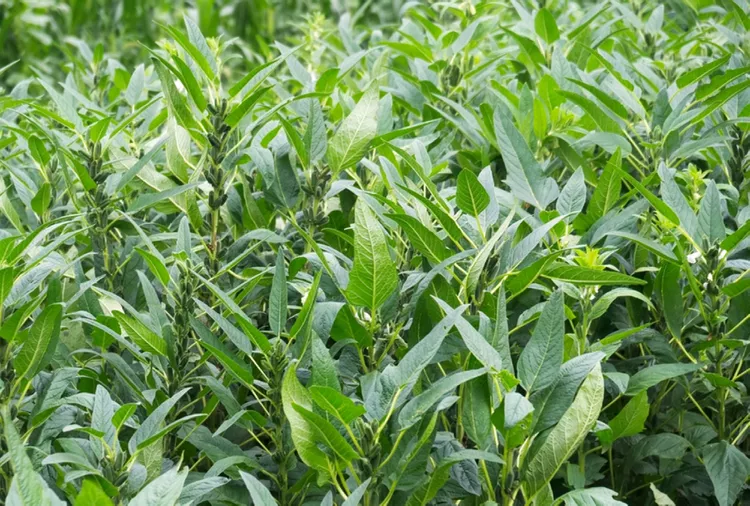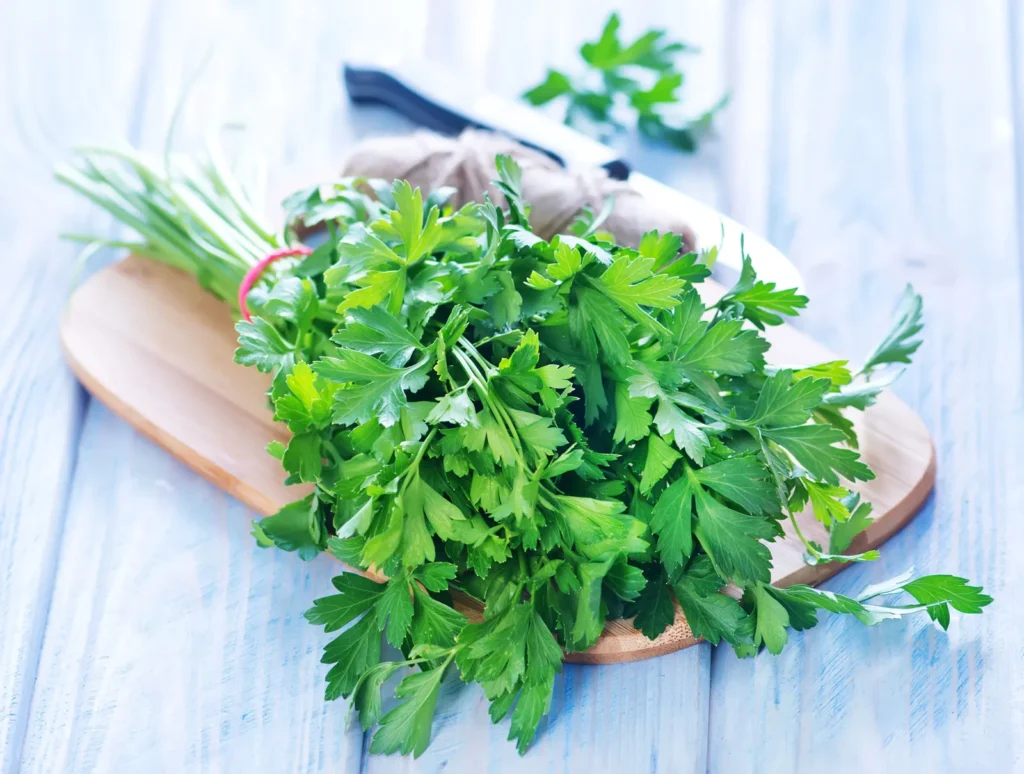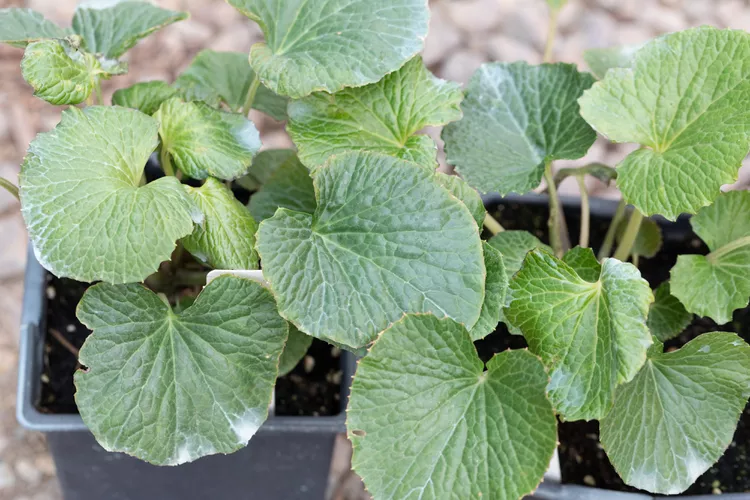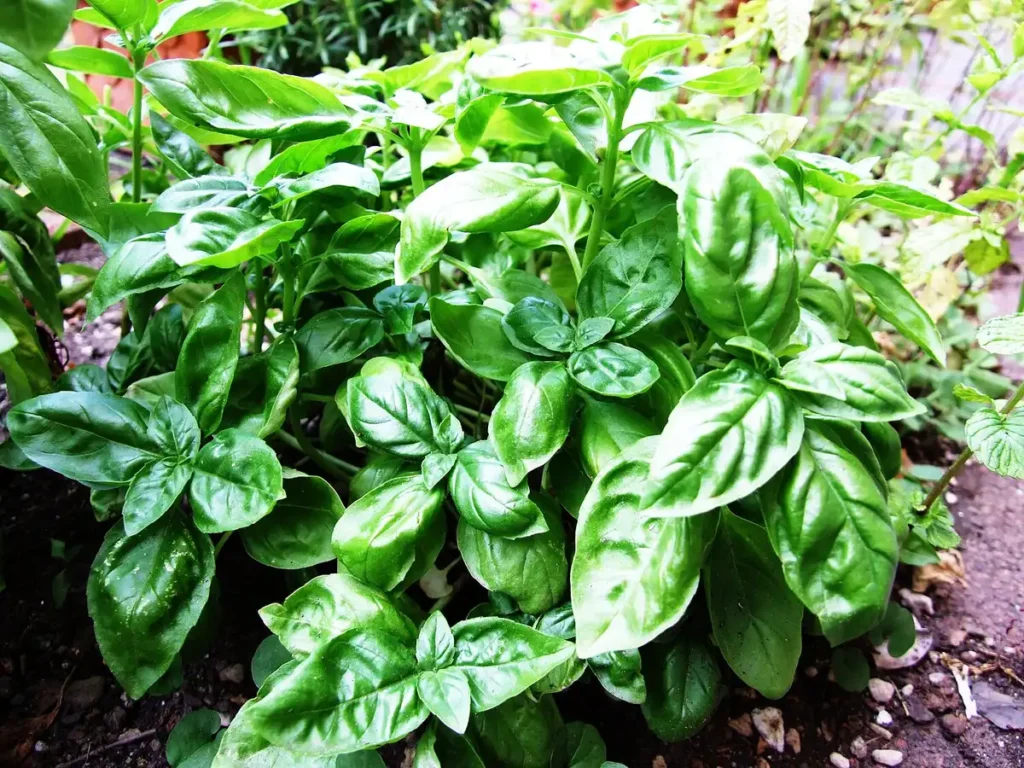
Description
Sesame varieties range in height from 0.5 to 2.5 meters depending on the environment; some have branches, while others do not. In the leaf axils, one to three flowers open. The hulled seeds have a flattened pear-like shape, are creamy or pearly white, and are approximately 3 mm in length. When the seed capsules are dry, they open, releasing the seed.
Habitat
There are a greater number of wild relatives in Africa than in India. It grows in pods and is widely naturalized in tropical places worldwide. It is farmed for its edible seeds. Six million metric tons were produced worldwide in 2018, with Sudan, Myanmar, and India being the top three producers.
Uses
Sesame oil has applications in the production of soaps, medications, lubricants, shortening, and margarine, as well as in salad dressings and cooking oils. Cosmetics contain sesame oil as an ingredient. After the oil is expressed, the press cake that is left over is very nourishing.

Plant Care
- Light
Sesame plants enjoy heat and require a lot of direct sunlight. To generate more heat, try planting next to a stone or brick wall.
- Soil
Although they can tolerate a wide range of soil types, sesame plants require well-drained soil. A loamy, sandy soil is a suitable choice. Sesame is intolerant of standing water, damp soils, heavy clay soils, and salty soil or air.
- Water
Sesame plants require very little water, yet frequent irrigation is necessary for germination and the establishment of young seedlings. It’s also advisable to avoid placing them next to other plants that need frequent watering. Ensuring proper moisture and low humidity can be achieved by assigning them a separate raised bed or area of the garden.
It’s a good idea to place them next to other drought-tolerant plants such as sedums, lavender, or thyme. Drip irrigation should be avoided since it will drown the plants.
- Temperature and Humidity
For areas of the world experiencing drought, the sesame plant is an extremely valuable food crop because of its resistance to hot, dry desert conditions
- Fertilizer
Before the flowers appear, sesame plants need nitrogen foliar fertilizer applied throughout the growing season. Even better, you can fertilize the ground before you plant.
Table





